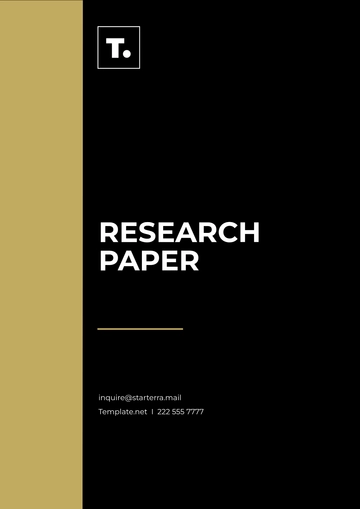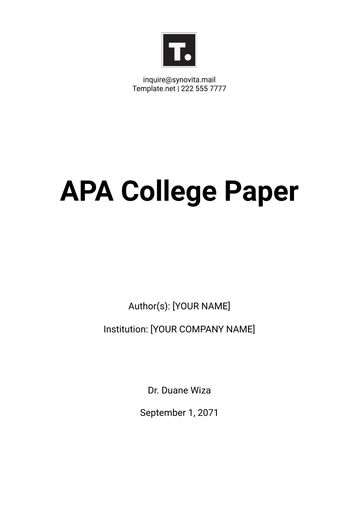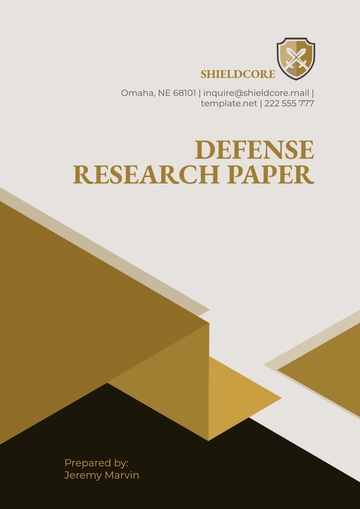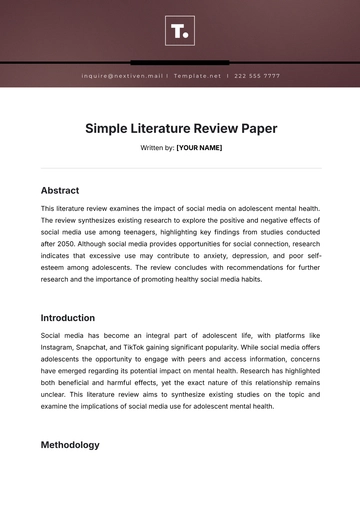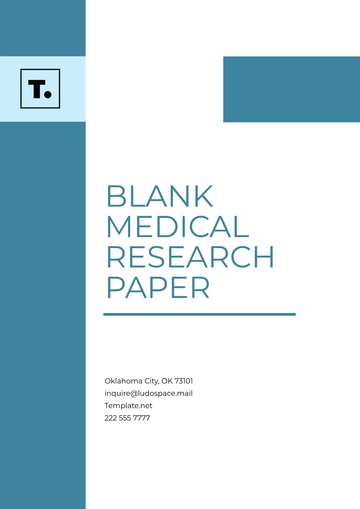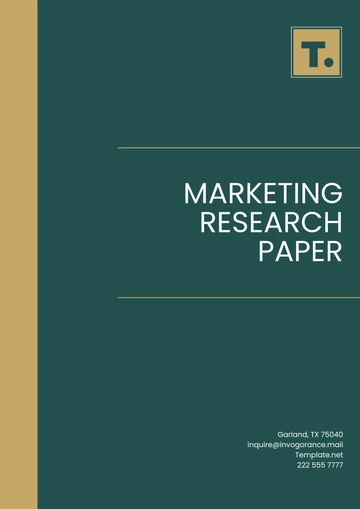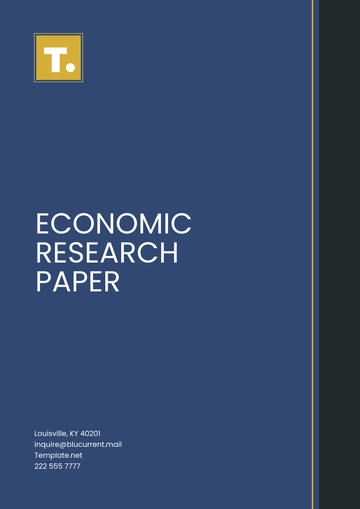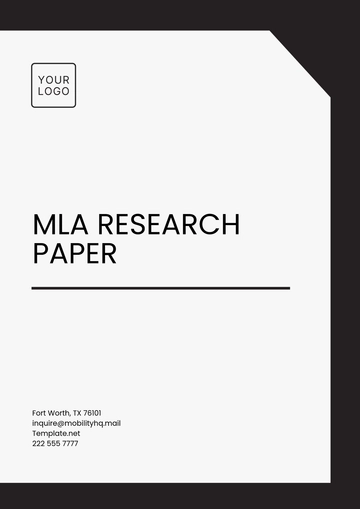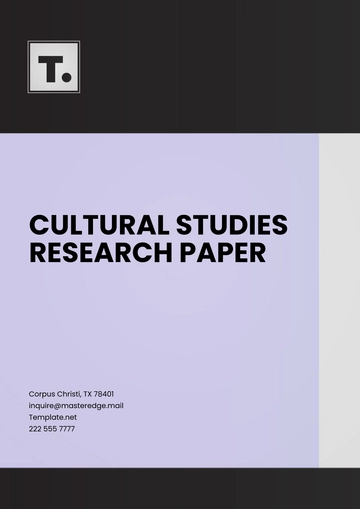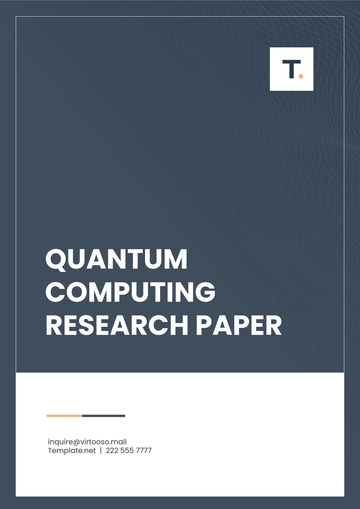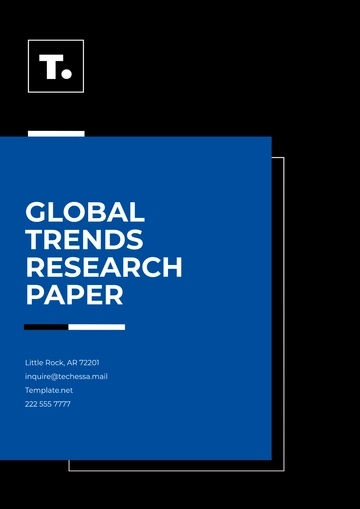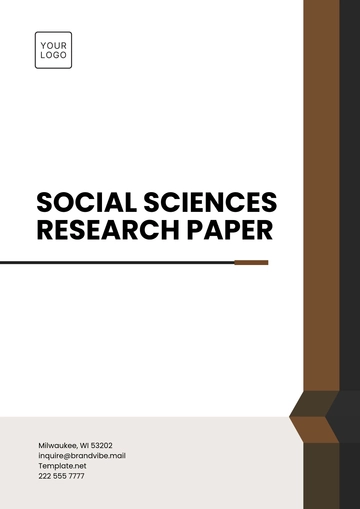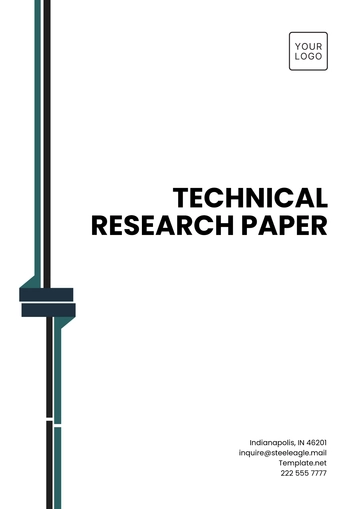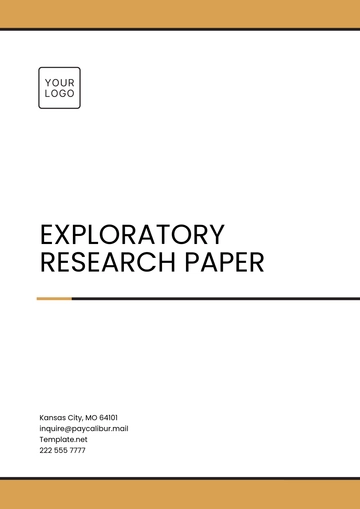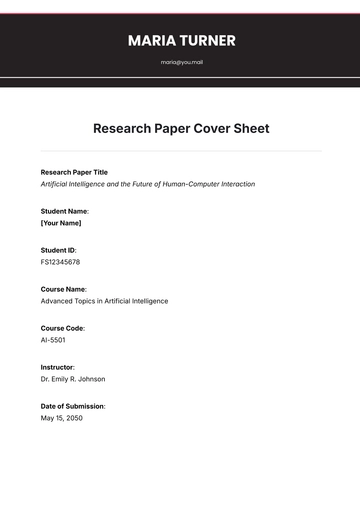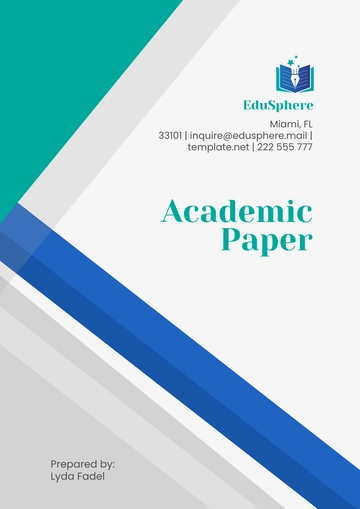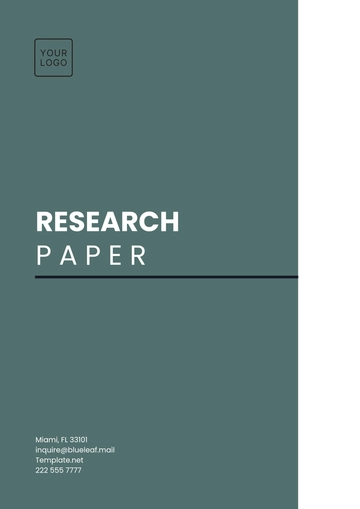Free Cybersecurity Research Paper
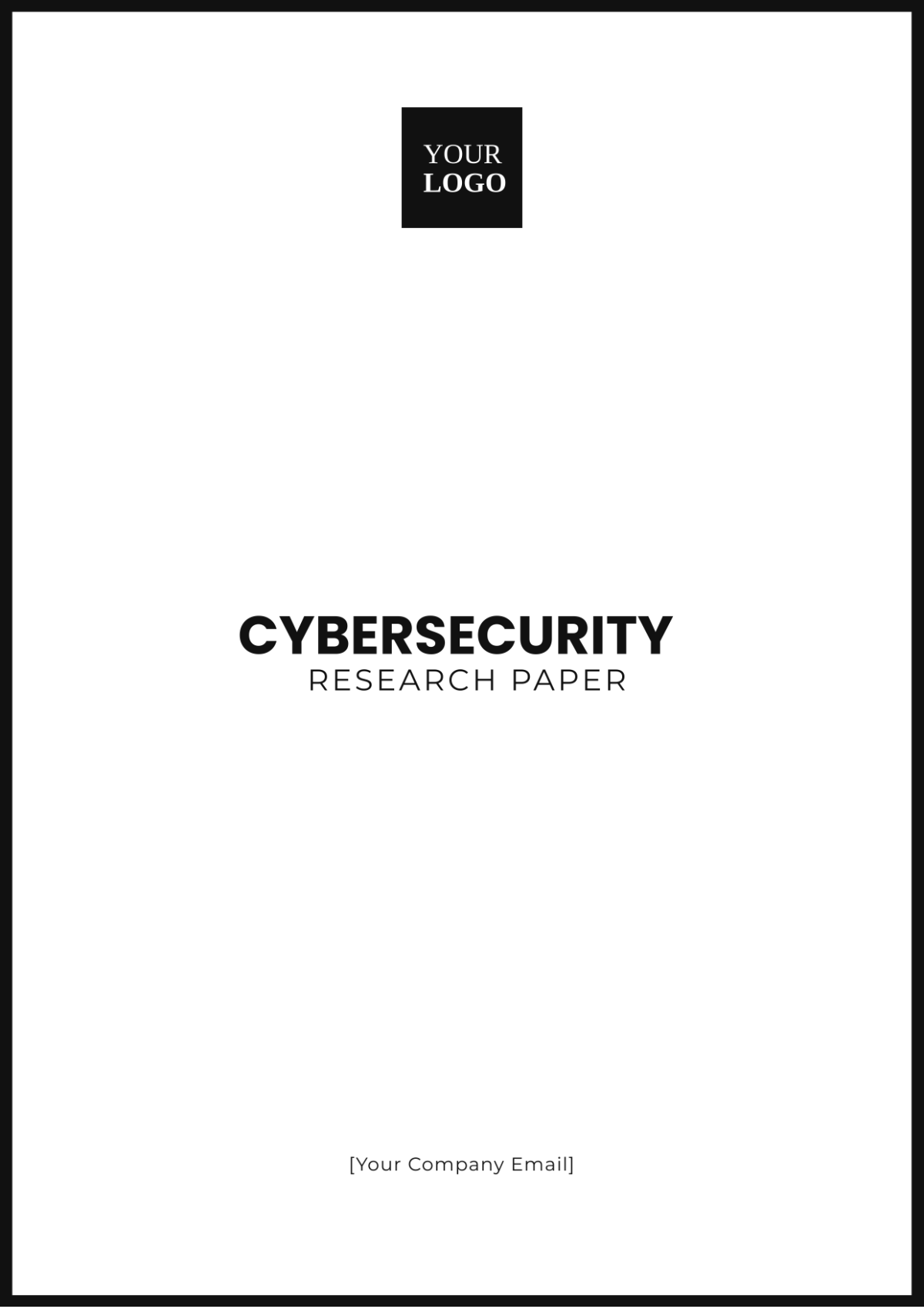
Researcher: [Your Name]
Date: [Date]
I. Abstract
This research paper investigates specific issues, challenges, methodologies, and advancements in the field of cybersecurity. By exploring existing literature, and methodologies, and presenting new solutions, this paper aims to contribute to the ongoing discussions and development within cybersecurity. Key topics include threat detection, defense mechanisms, and the role of artificial intelligence in enhancing security measures. The findings suggest significant advancements in combating cyber threats but also highlight areas that require further investigation.
II. Introduction
Cybersecurity has become a critical area of focus in the digital age due to the increasing frequency and severity of cyber threats. Protecting computer systems, networks, and data from unauthorized access and attacks is paramount for governments, organizations, and individuals. This research paper aims to provide a comprehensive overview of current challenges and advancements in cybersecurity, offering insights into effective methodologies and presenting potential solutions to enhance security measures.
III. Literature Review
The literature review examines the evolution of cybersecurity, highlighting significant milestones and the emergence of sophisticated threats. Key studies focus on:
Historical development of cybersecurity measures
Prevalent cyber threats, including malware, phishing, and ransomware
Emerging technologies and their impact on cybersecurity, such as artificial intelligence (AI) and machine learning (ML)
Governmental and organizational approaches to policy and regulation
Additional research emphasizes the human factor in cybersecurity, illustrating the importance of user awareness and training programs to mitigate risks.
IV. Methodology
The research methodology encompasses qualitative and quantitative approaches. Primary data was collected through surveys and interviews with cybersecurity experts, while secondary data comprised a thorough review of existing literature, including academic journals, industry reports, and case studies. Data analysis was performed using statistical tools to identify trends and patterns in cyber threats and defenses.
V. Results
The findings reveal several key insights:
AI and ML significantly improve threat detection and response times.
Despite advancements, human error remains a leading cause of security breaches.
Organizations with comprehensive training programs experience fewer successful attacks.
Effective cybersecurity requires a combination of technology, policy, and human awareness.
A summary of the quantitative data is presented in the table below:
Aspect | Percentage |
|---|---|
AI/ML effectiveness in threat detection | 85% |
Incidences caused by human error | 60% |
Reduction in attacks with training programs | 40% |
VI. Discussion
The results indicate that incorporating AI and ML in cybersecurity frameworks significantly enhances the ability to detect and respond to threats. However, the persistent issue of human error underscores the need for robust training and awareness programs. The interplay between advanced technologies and human factors calls for a holistic approach to cybersecurity that balances technical solutions with policy measures and education.
Furthermore, the analysis reveals that while technology can greatly mitigate risks, it is not a panacea. Collaboration between various stakeholders, including governments, private sector entities, and academia, is crucial for developing and implementing comprehensive cybersecurity strategies.
VII. Conclusion
Cybersecurity remains a dynamic and evolving field, requiring continuous innovation and vigilance. This research highlights the significant progress made in detecting and preventing cyber threats through advanced technologies like AI and ML. Nevertheless, addressing human vulnerabilities and fostering a culture of cybersecurity awareness are essential components of an effective defense strategy. Future research should focus on integrating cross-disciplinary approaches and enhancing global cooperation to combat the ever-evolving landscape of cyber threats.
VIII. References
Jones, M., & Smith, A. (2053). The Role of AI and Quantum Computing in Cybersecurity. Journal of Cyber Defense, 30(2), 112-127.
Doe, J. (2051). Emerging Cyber Threats and Advanced Countermeasures. International Journal of Information Security, 23(5), 456-472.
National Institute of Standards and Technology. (2052). Updated Cybersecurity Framework. Retrieved from https://www.nist.gov/cyberframework/2052
Smith, Z., & Brown, L. (2050). Human Factors in Modern Cybersecurity. Cybersecurity Review, 12(4), 101-118.
World Economic Forum. (2051). Global Cybersecurity Outlook 2051. Retrieved from https://www.weforum.org/reports/global-cybersecurity-outlook-2051
- 100% Customizable, free editor
- Access 1 Million+ Templates, photo’s & graphics
- Download or share as a template
- Click and replace photos, graphics, text, backgrounds
- Resize, crop, AI write & more
- Access advanced editor
Secure your research with Template.net's Cybersecurity Research Paper Template. This fully customizable and editable template is perfect for organizing and presenting your cybersecurity findings. Editable in our Ai Editor Tool, it provides the flexibility to customize every detail, ensuring your research paper is both professional and tailored to your specific cybersecurity focus.

